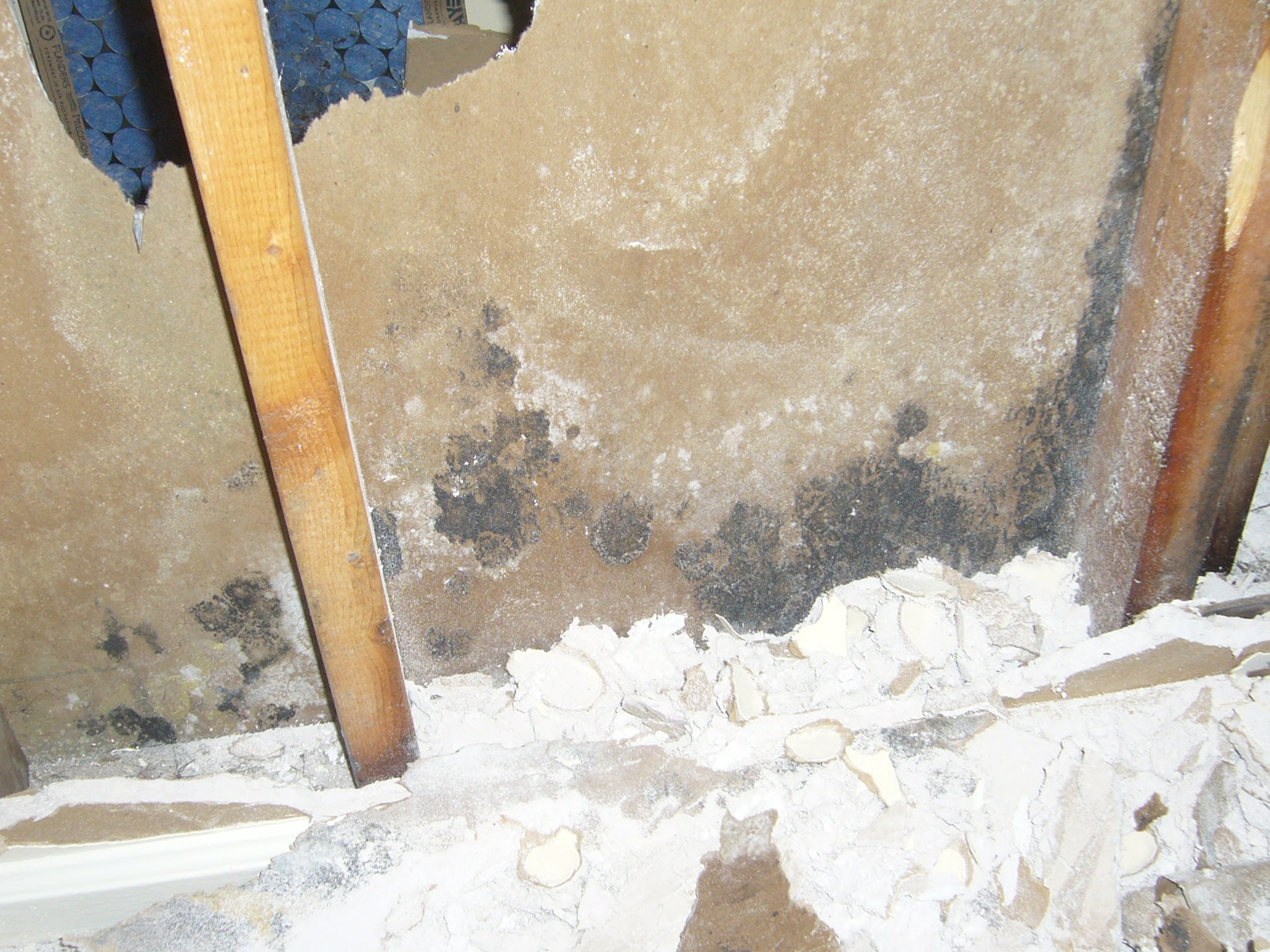Presented here down the page yow will discover lots of sensible data with regards to How to Fix a Water Damage Bathroom.

The washroom is incredibly susceptible for wet accumulation as well as possible water damage because of the constant use of water in it. This write-up provides straightforward evaluation strategies to help finding water damage risks.
The constant use of water in the shower room makes it extremely susceptible for wet accumulation as well as possible water damage. By checking it regularly, you can reduce water associated problems.
The following set of examinations is easy to carry out and also should be done once in every 3 months in order to maintain your bathroom in good shape as well as to stop potential water damages triggered by the bath tub, the shower, pipe joints and plumbing, sinks, cupboards, and also the commode
Do not neglect carrying out these assessments and also be thorough while doing them. Bear in mind that these straightforward examinations can save you a lot of money by supplying very early indications for water damage
Sinks as well as Cabinets
Sinks and also closets are revealed to moisture and humidity everyday as well as are commonly ignored. Check consistently under the sink and also on the kitchen counter over it. Fix any kind of drip in the catch as it may suggest drain problems. Look around the sink, slow draining pipes may indicate a blocked drain. Replace sink seals if they are cracked or loose.
Bathtub and Shower
The shower and bathtub require unique focus and also upkeep. Examine the floor tiles and also change if split. Make certain that there is no missing grout between the tiles. Evaluate and also change split caulking at joints where the wall surfaces satisfy the floor or the bathtub. Clogged drains pipes and also pipelines issues will prevent the bathtub from drying out and also might suggest major problems under the bath tub. Talk to an expert right away to prevent structural damages. Focus on discolorations or soft areas around the bath tub wall surfaces as they may indicate an inner leakage.
Plumbing
Signs for water damage are hard to identify given that many pipelines are set up inside the walls.
Pay special focus to flooring and wall surfaces wetness and discolorations as they might indicate an unseen plumbing issue. Check dampness degrees in adjoining areas also.
The Toilet
The commode is a susceptible water junction. Examine the water lines and look for leakages around the toilet seat, in the tube, as well as under the water container. If you find any indicators of wetness on the flooring around the bathroom, check for leakages in the toilet rim and also tank seals.
Realize that hanging bathroom dish deodorants increases the possibilities for clogs.
TIPS TO PREVENT WATER DAMAGE IN THE BATHROOM
The average household uses approximately 80-100 gallons of water per person per day. For a family of 4, that's almost 2,500 gallons of water a week! The largest portion of this consumption comes from bathroom use. Flushing the toilet uses the most water, followed by taking a shower or bath. With that much water running through the home, water damage in the bathroom is bound to happen. Knowing how to spot signs of a water leak is essential to preventing long-term damage. This guide provides you with tips to reduce the impact of water damage on your bathroom.
CAUSES OF BATHROOM WATER DAMAGE
- Pipe breaks are the most common cause of water damage we see in our daily jobs. The age of a pipe plays a large role in a pipe break as well as corrosion. Over time, the metal begins to break down, allowing water to escape. Frozen pipe breaks are also a concern in the winter months.
- Toilet overflows caused by paper products or children flushing inappropriate items.
- Degraded caulking around the toilet or bathtub can allow water seepage, sometimes behind the fixture, into the subfloor or walls.
- Condensation forms when the water in a pipe is cooler than the air temperature. Beads of water form on the exterior of the pipes, sometimes so much so that the water begins to drip and pool below.
- Sink or shower backups created by poor drainage.
HOW TO PREVENT WATER DAMAGE IN YOUR BATHROOM
- Inspect your toilet supply line for worn or frayed hoses and replace them as needed.
- Winterize your plumbing to prevent a frozen pipe break.
- Use vent fans to prevent condensation that can lead to mold growth.
- Routinely check and replace degraded caulking around your toilet or bathtub.
- Increase the temperature in your toilet tank and insulate your pipes during the warm summer months to keep condensation from forming.
- Use child safety locks on the toilets.
- Flush only toilet paper. "Flushable" wet wipes are actually not good for your plumbing system. Additionally, feminine hygiene products should not be flushed.
- Prevent water from escaping the tub or shower. Make sure shower curtains are in good condition. Inspect shower doors and replace the seal strip if necessary.
- Wipe up any water that accumulates on the floor and use bath mats. Water left to sit can cause damage to the tiles and flooring.
- Refrain from using bath products containing heavy oils to avoid a clogged drain.

As a fervent person who reads about How to Fix a Water Damage Bathroom, I imagined sharing that article post was sensible. Those who appreciated our page plz do not forget to pass it around. Thanks a lot for going through it.
Get An Estimate
Comments on “Just How to Avoid Water Damage in Your Bathroom”